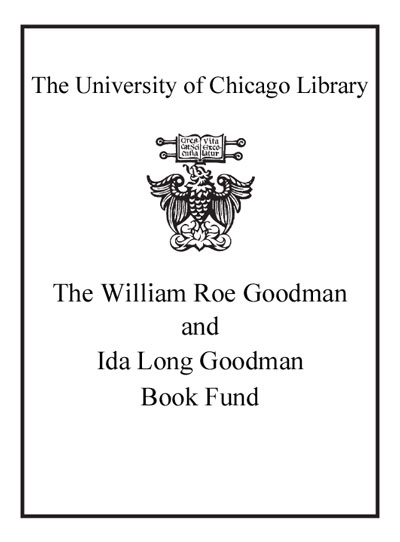Contact linguistics : bilingual encounters and grammatical outcomes /
Saved in:
| Author / Creator: | Myers-Scotton, Carol. |
|---|---|
| Imprint: | Oxford ; New York : Oxford University Press, 2002. |
| Description: | xiv, 342 p. ; 24 cm. |
| Language: | English |
| Subject: | |
| Format: | E-Resource Print Book |
| URL for this record: | http://pi.lib.uchicago.edu/1001/cat/bib/4839780 |
Table of Contents:
- Symbols and Abbreviations
- Preface
- 1.. Introduction
- 1.1.. Introduction
- 1.2.. General premises in the theoretical orientation
- 1.3.. The Matrix Language Frame model and its setting
- 1.4.. The 4-M model
- 1.5.. The Abstract Level model
- 1.6.. Implications for a model of language production
- 1.7.. How proficiency figures in
- 1.8.. Competence and performance
- 1.9.. Summary
- 1.10.. The coming chapters
- 2.. The Roots of Language Contact
- 2.1.. Introduction
- 2.2.. Factors favoring adding a language
- 2.3.. Bilingual competence
- 2.4.. The costs and rewards of bilingualism in the international arena
- 2.5.. Motivations to become bilingual
- 2.6.. Bilingualism and language-use patterns
- 2.7.. Language shift
- 2.8.. Structural results of bilingualism and language shift
- 3.. Explaining the Models and Their Uses
- 3.1.. Introduction
- 3.2.. Clarifying the MLF model
- 3.3.. Content vs. system morphemes
- 3.4.. What the 4-M model adds
- 3.5.. The MLF model plus the 4-M model: revisiting classic codeswitching
- 3.6.. The Abstract Level model further explicated
- 3.7.. Codeswitching and convergence
- 3.8.. Conclusion
- 4.. Considering Problematic Codeswitching Data and Other Approaches
- 4.1.. Introduction
- 4.2.. Bare forms
- 4.3.. Nouns and their determiners when Arabic is the Matrix Language
- 4.4.. Another view: Uniform structure
- 4.5.. Bare nouns without Bantu noun-class prefixes
- 4.6.. Explaining other codeswitching phenomena with the Uniform Structure Principle
- 4.7.. Other lexical categories and system morphemes
- 4.8.. Another case of bare elements: the 'do' construction
- 4.9.. About Embedded Language islands
- 4.10.. Borrowing vs. codeswitching
- 4.11.. Conclusion
- 5.. Convergence and Attrition
- 5.1.. Introduction
- 5.2.. Convergence areas
- 5.3.. Individual attrition: a social and psycholinguistic view
- 5.4.. An overview of attrition studies
- 5.5.. Supporting my own theoretical assumptions
- 5.6.. Conclusion
- 6.. Lexical Borrowing, Split (Mixed) Languages, and Creole Formation
- 6.1.. Introduction
- 6.2.. Lexical borrowing
- 6.3.. Mixed languages > split languages
- 6.4.. Michif
- 6.5.. Mednyj Aleut
- 6.6.. Ma'a (Mbugu)
- 6.7.. Summary: mixed/split languages
- 6.8.. Creole formation
- 6.9.. Conclusion: from lexical borrowing to creole formation
- 7.. Concluding Remarks: The Out of Sight in Contact Linguistics
- 7.1.. Concluding remarks
- 7.2.. Hypotheses for further testing
- 7.3.. Lexical borrowing and codeswitching
- 7.4.. Content morphemes
- 7.5.. Early system morphemes
- 7.6.. Late system morphemes
- 7.7.. Multimorphemic elements
- 7.8.. Insufficient congruence
- 7.9.. Change in frame requirements
- 7.10.. Levels of abstract lexical structure
- 7.11.. Split (mixed) languages
- 7.12.. Creole formation
- 7.13.. Conclusion
- References
- Substantive Index
- Index of Authors
- Index of Languages

